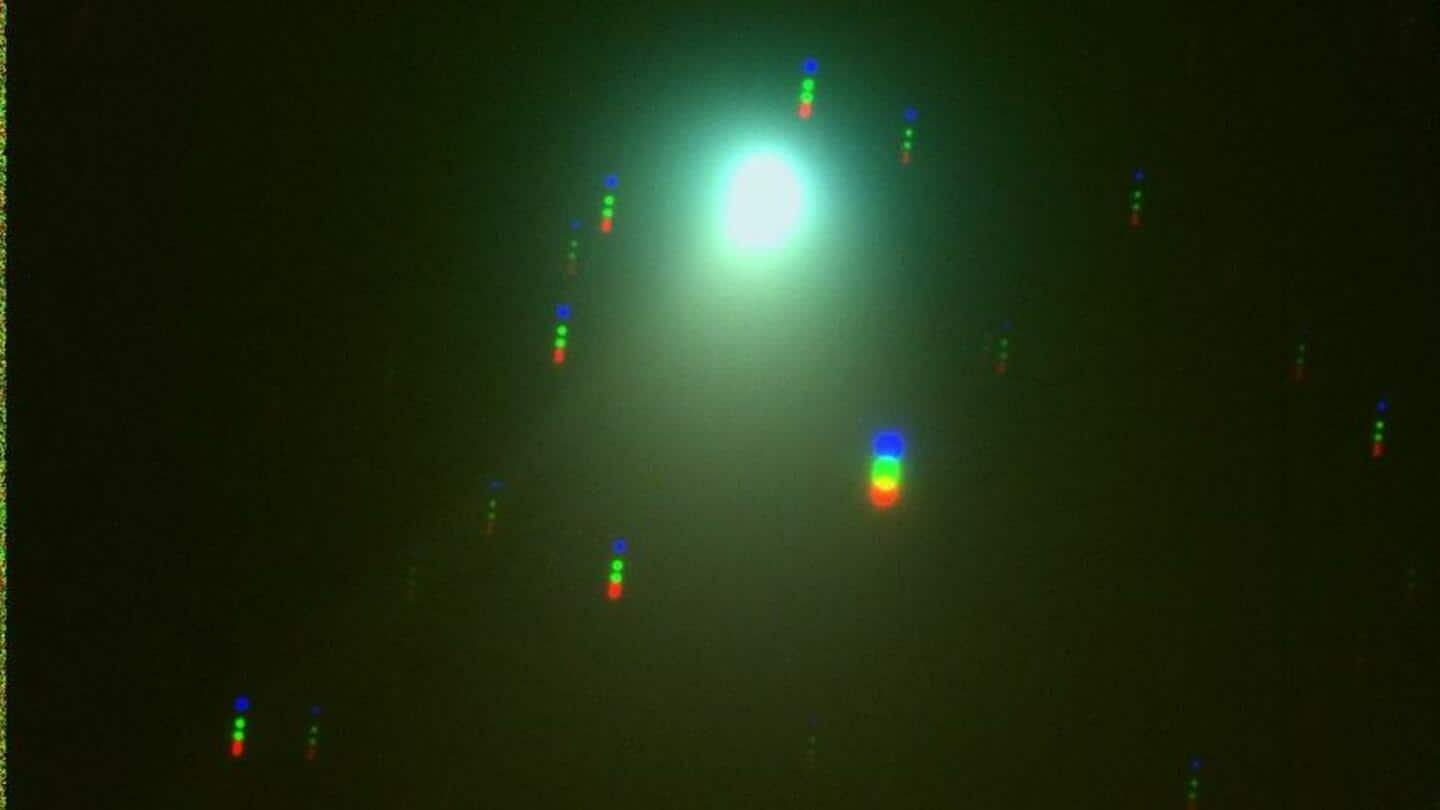
India's Chandra telescope captures comet seen once in 50,000 years
What's the story
The Himalayan Chandra Telescope, operated by the Indian Institute of Astrophysics (IIA), has captured an image of comet C/2022 E3 (ZTF). The comet has been in the news of late as it is making an appearance after 50,000 years. It is currently passing through the inner solar system and will make its closest approach to Earth at 42 million kilometers on February 1.
Context
Why does this story matter?
Comets, believed to be remnants of our solar system, have always caught the attention of astronomers. And when it is a super-rare comet, the excitement to watch it grows manifolds. In India, astronomers from IIA have captured the C/2022 E3 ZTF using the Himalayan Chandra Telescope. Situated at Hanle, Ladakh, it is the highest telescope in India at 15,000 feet above sea level.
Image
The images were taken in red, green, and blue filters
Three separate images of the comet C/2022 E3 ZTF were taken and then stacked together. The individual images were taken in red, green, and blue filters by astronomers Margarita Safonova, Mulchand Kurre and Bharat Chandra. "The telescope was tracking the fast-moving comet, and so the background stars appear to move in a trail," explained IIA, referring to the image.
Comet
The comet was initially assumed to be an asteroid
C/2022 E3 ZTF was initially assumed to be an asteroid but later observations confirmed its cometary nature. It was discovered in March 2022 by the Zwicky Transient Facility (ZTF) when it was inside the orbit of Jupiter. On January 12, the comet will be at its perihelion or the closest to the Sun at about 160 million kilometers.
Information
The comet will be best visible from the Northern hemisphere.
The comet will be seen as a "faint, greenish smudge" and will be best visible during pre-dawn hours from the Northern Hemisphere. Focus in the northwestern direction and use binoculars or a telescope to get a better view. You can also see it online.